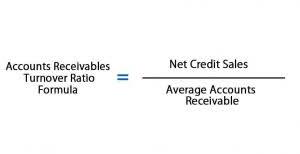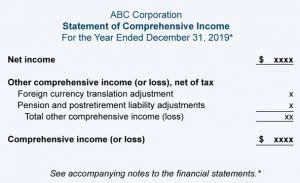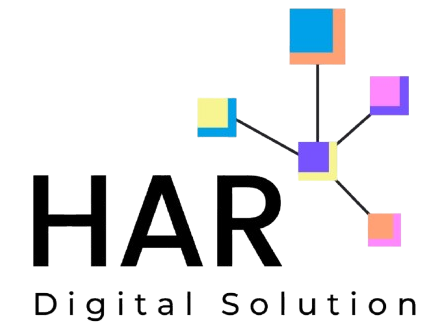
Stockholders’ equity can be calculated by subtracting the total liabilities of a business from total assets or as the sum of share capital and retained earnings minus treasury shares. Preferred stock is a unique form of company ownership that combines elements of both stocks and bonds. Unlike common stock, preferred shares typically offer fixed dividend payments that are paid out before dividends to common shareholders.
Key Components of Total Equity
For instance, in looking at a company, an investor might use shareholders’ equity as a benchmark for determining whether a particular purchase price is what are retained earnings expensive. On the other hand, an investor might feel comfortable buying shares in a relatively weak business as long as the price they pay is sufficiently low relative to its equity. Liabilities are obligations that the company owes to external parties, such as loans, accounts payable, and accrued expenses.

How Is Equity Calculated?
Understanding the shareholder’s equity formula is crucial from the perspective of an investor since it shows the true worth of the shareholders investment in the company. A line item for the shareholder’s equity can be found in the balance sheet of a business or enterprise. The company’s shareholder’s typically care about the company’s profits and are interested in their equity. A shareholder’s acquisition of firm stock over time also results in capital gains for them and grants them the ability to vote in board of directors elections. The shareholders’ interest in the company’s equity is maintained by all such payouts.
Retained earnings
Get instant access to video lessons taught by experienced investment bankers. Learn financial statement modeling, DCF, M&A, LBO, Comps and Excel shortcuts. As for the “Treasury Stock” line item, the roll-forward calculation consists of one how to calculate total stockholders equity single outflow – the repurchases made in the current period. Here, we’ll assume $25,000 in new equity was raised from issuing 1,000 shares at $25.00 per share, but at a par value of $1.00. The excess value paid by the purchaser of the shares above the par value can be found in the “Additional Paid-In Capital (APIC)” line item.
- No, total equity can be negative if a company’s liabilities exceed its assets.
- Therefore, the stockholder’s equity of Apple Inc. has declined from $134,047 Mn as at September 30, 2017 to $107,147 Mn as at September 29, 2018.
- Debt is a liability whether it’s a long-term loan or a bill that’s due to be paid.
- In other words, the liabilities and stockholders’ equity “balance out” the assets — which is why it’s called a balance sheet.
- Company or shareholders’ equity often provides analysts and investors with a general idea of the company’s financial health and well-being.
- Stockholders’ equity represents the owners’ residual interest in a company’s assets after liabilities are deducted.
- The company’s shareholder’s typically care about the company’s profits and are interested in their equity.
- For more advanced analysis (Enterprise Value to Equity Value), you may also subtract debt and add cash, but this article focuses on the market value of equity only.
- The relationship between SE and dividends is that when a company pays out cash dividends, it reduces its SE by decreasing retained earnings, which is a component of equity.
- As part of its 2024 annual filing, Apple reported $56.95 billion in shareholder equity, down from $62.1 billion the previous year.
- Below is a break down of subject weightings in the FMVA® financial analyst program.
Here total assets refer to assets present at the particular point and total liabilities means liability during the same period. Treasury stock reduces total equity as it represents shares repurchased by the company, reducing the overall ownership interest. Total equity represents the cumulative value of ownership in a company, while net income refers to earnings generated during a specific period. Total equity serves as a measure of a company’s net worth, helping stakeholders assess its stability and long-term viability. Investors use total equity to assess the financial strength and growth potential of a company. All the information needed to compute a company’s shareholder equity is available on its balance sheet.
Accumulated other comprehensive income
To assess a company’s value, another investor can look at elements of shareholders’ equity such retained earnings. Total equity (book value) might be equivalent to total shareholder equity on a company’s balance sheet if you look at it from the standpoint of book value. It is also utilized by third parties like lenders who want to know if the business is https://www.bookstime.com/articles/nonmanufacturing-overhead performing its debt obligations and maintaining minimum equity levels. At that time, XYZ Ltd. had $7 billion in total shareholders’ equity (or assets minus liabilities). While long-term assets are less liquid, retained by the company for at least a year, or cannot be converted to cash within a year, current assets are liquid and can be converted to cash within the year.

Why Is Stockholders’ Equity Important to Investors?
However, the issuance price of equity typically exceeds the par value, often by a substantial margin. David is comprehensively experienced in many facets of financial and legal research and publishing. As an Investopedia fact checker since 2020, he has validated over 1,100 articles on a wide range of financial and investment topics.
Video Explanation of Return on Equity

ROE must be compared to the historical ROE of the company and to the industry’s ROE average – it means little if merely looked at in isolation. Other financial ratios can be looked at to get a more complete and informed picture of the company for evaluation purposes. To calculate retained earnings, the beginning retained earnings balance is added to the net income or loss and then dividend payouts are subtracted. A summary report called a statement of retained earnings is also maintained, outlining the changes in retained earnings for a specific period.


